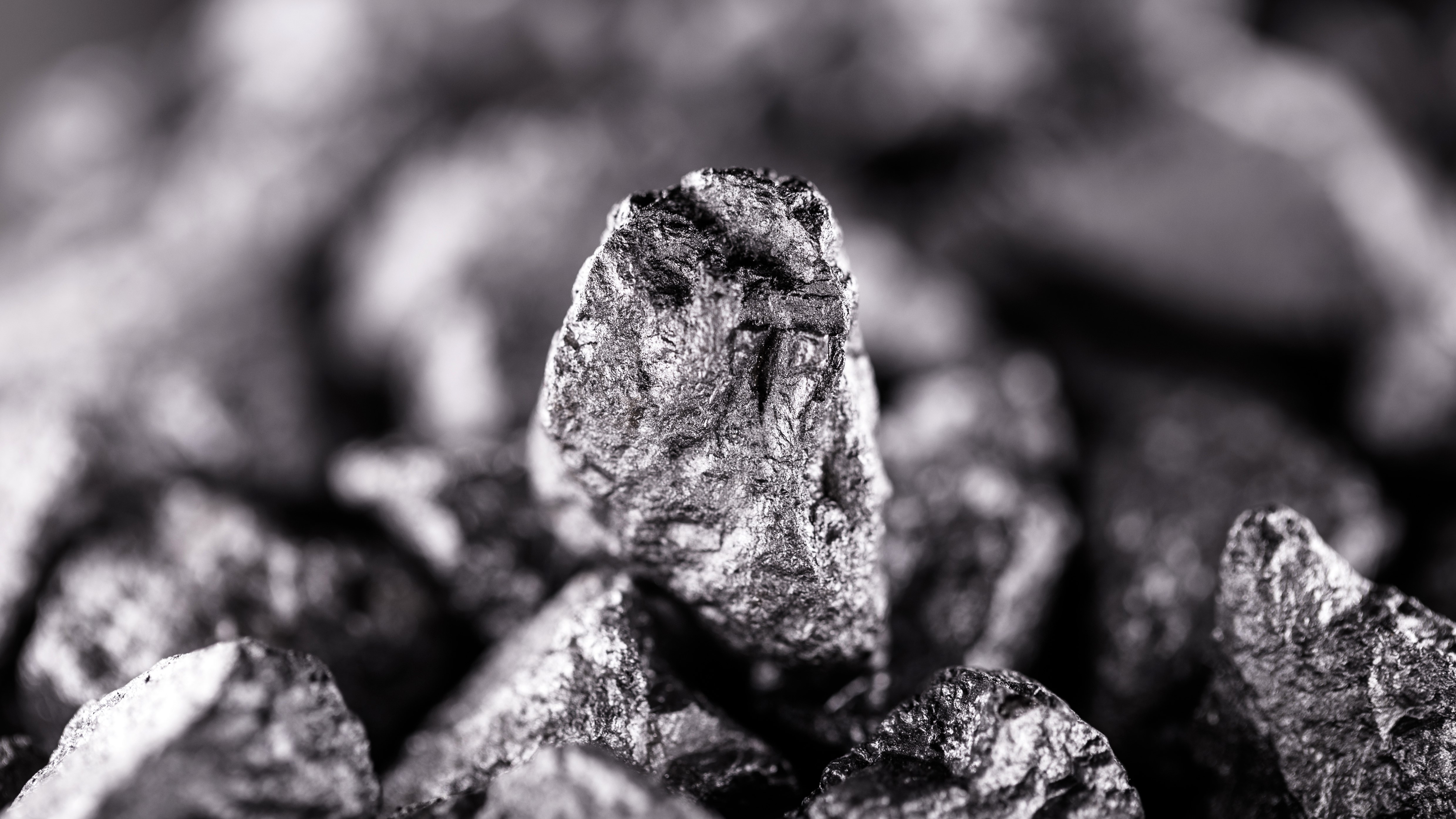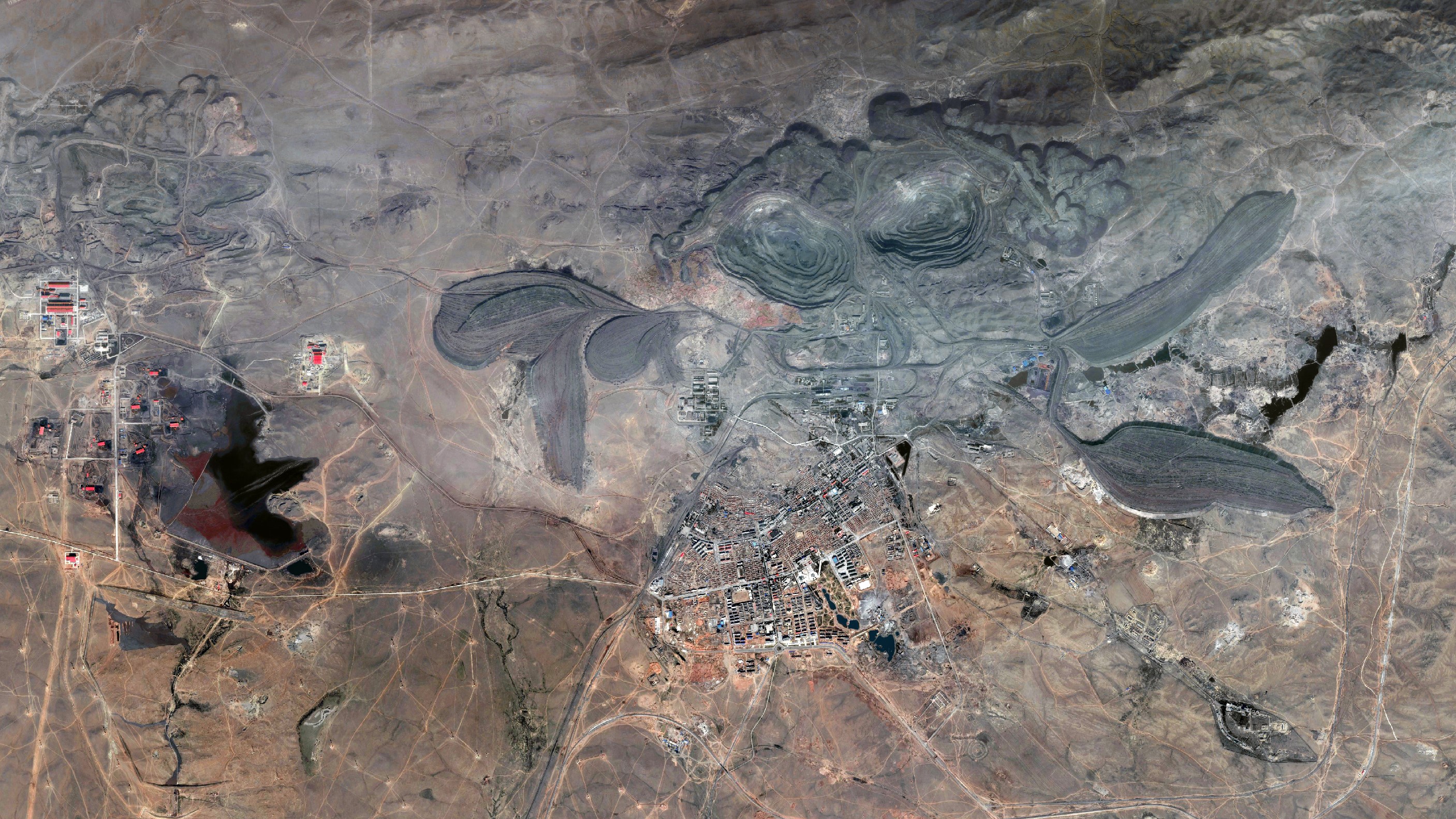China discovers never-before-seen ore containing a highly valuable rare earth element
A new ore, dubbed niobobaotite, was discovered in Inner Mongolia's Bayan Obo deposit and contains the rare earth element niobium — a valuable metal that acts as a superconductor and could revolutionize battery technology.

Scientists in China have unearthed a never-before-seen type of ore that contains a rare earth element sought after for its superconductive properties.
The ore, dubbed niobobaotite, is made of niobium, barium, titanium, iron and chloride, the South China Morning Post reported.
It's the niobium that is causing excitement: This light-gray metal is currently used mostly in the production of steel, which it strengthens without adding significant weight. Niobium is also used in making other alloys (materials made of mixes of metals) and can be found in particle accelerators and other advanced scientific equipment because it is a superconductor at low temperatures, according to the Royal Society of Chemistry.
The deposit was found in the Bayan Obo ore deposit in the city of Baotou in Inner Mongolia on Oct. 3. The brownish-black ore is the 17th new type found in the deposit and one of 150 new minerals found in the region, according to the China National Nuclear Corporation (CNNC).
Related: Why are rare earth elements so rare?
The discovery may be a windfall for China, which currently imports 95% of its niobium, according to the South China Morning Post.

"Depending on the volume and quality of this niobium it could make China self-sufficient," Antonio H. Castro Neto, a professor of electrical and computer engineering at the National University of Singapore (NUS), told the newspaper.
Sign up for the Live Science daily newsletter now
Get the world’s most fascinating discoveries delivered straight to your inbox.
Brazil is the world's largest supplier of the rare earth metal, with Canada a distant second. According to the U.S. Geological Survey, a project to open a niobium mine and processing facility is underway in southern Nebraska. The Elk Creek Critical Minerals Project would be the only niobium mine in the U.S.
The metal may also be in greater demand in the future, as researchers are working to develop niobium-lithium and niobium-graphene batteries.
According to S&P Global, these batteries can reduce the risk of fires when used along with lithium. Niobium-lithium batteries also charge faster and can be recharged more often than traditional lithium batteries.
In May, researchers at the the Centre for Advanced 2D Materials (CA2DM) at the NUS, which is developing niobium-graphene batteries, said the batteries could last around 30 years — 10 times longer than lithium-ion batteries — and can fully charge in less than 10 minutes.

Stephanie Pappas is a contributing writer for Live Science, covering topics ranging from geoscience to archaeology to the human brain and behavior. She was previously a senior writer for Live Science but is now a freelancer based in Denver, Colorado, and regularly contributes to Scientific American and The Monitor, the monthly magazine of the American Psychological Association. Stephanie received a bachelor's degree in psychology from the University of South Carolina and a graduate certificate in science communication from the University of California, Santa Cruz.









